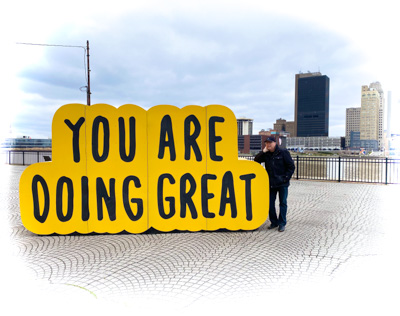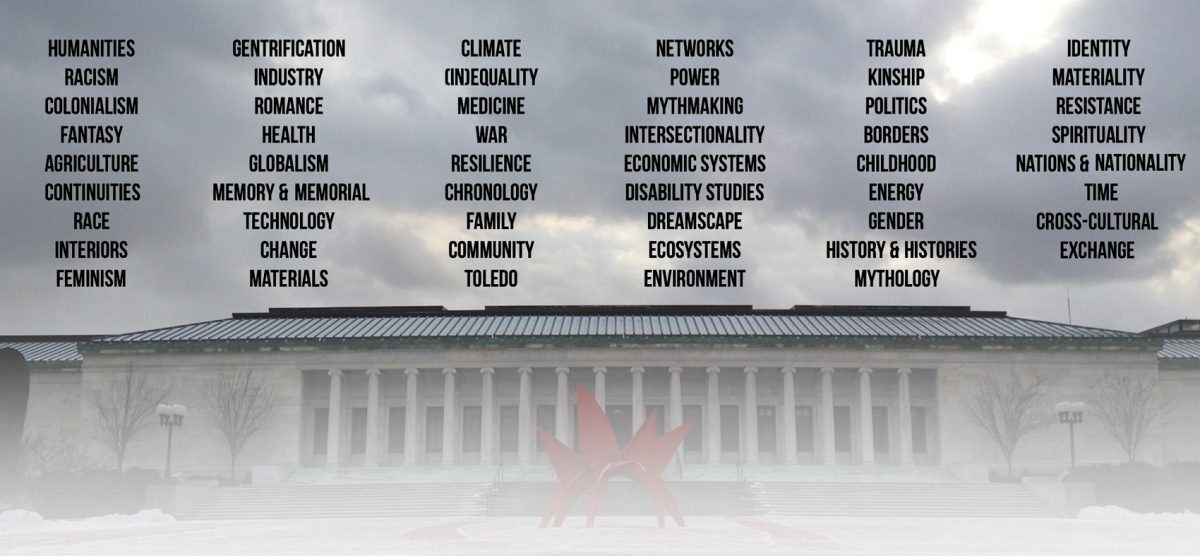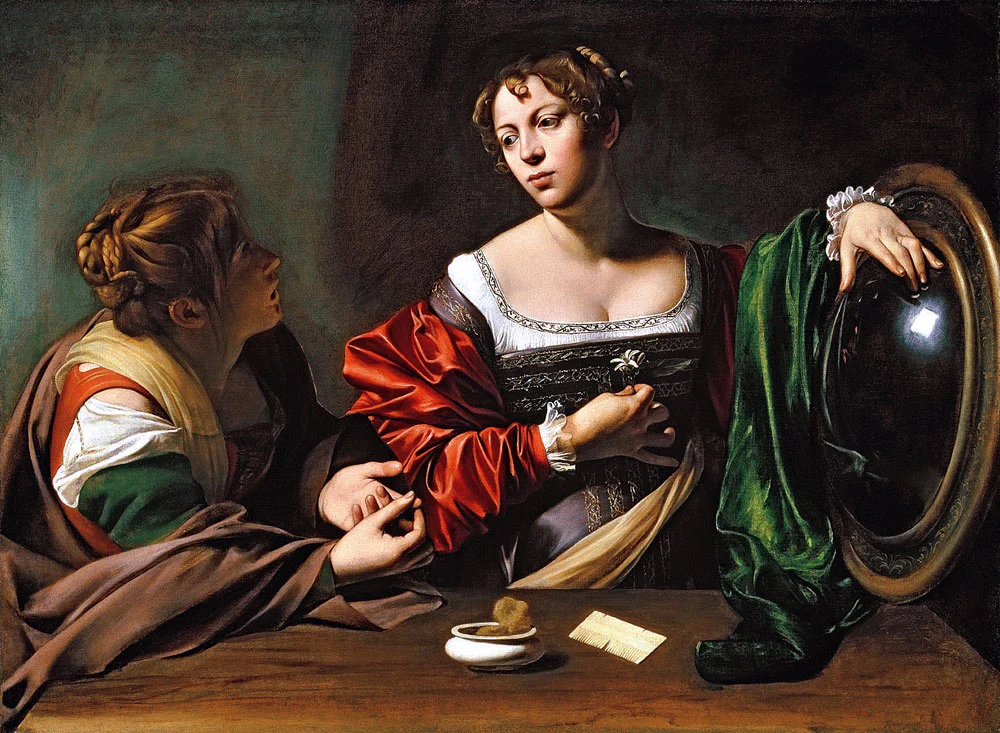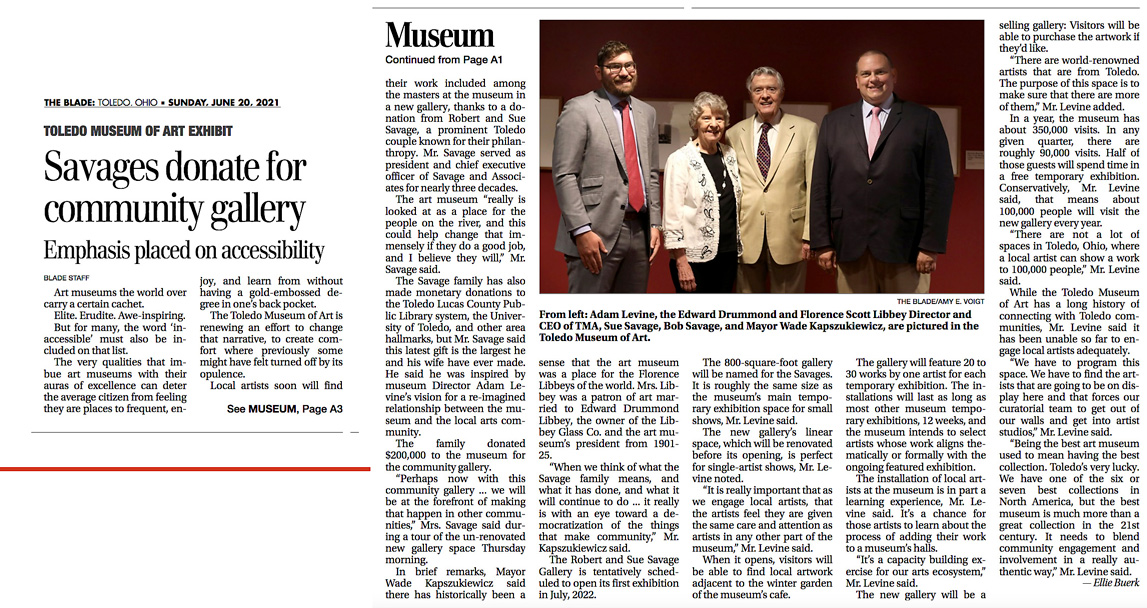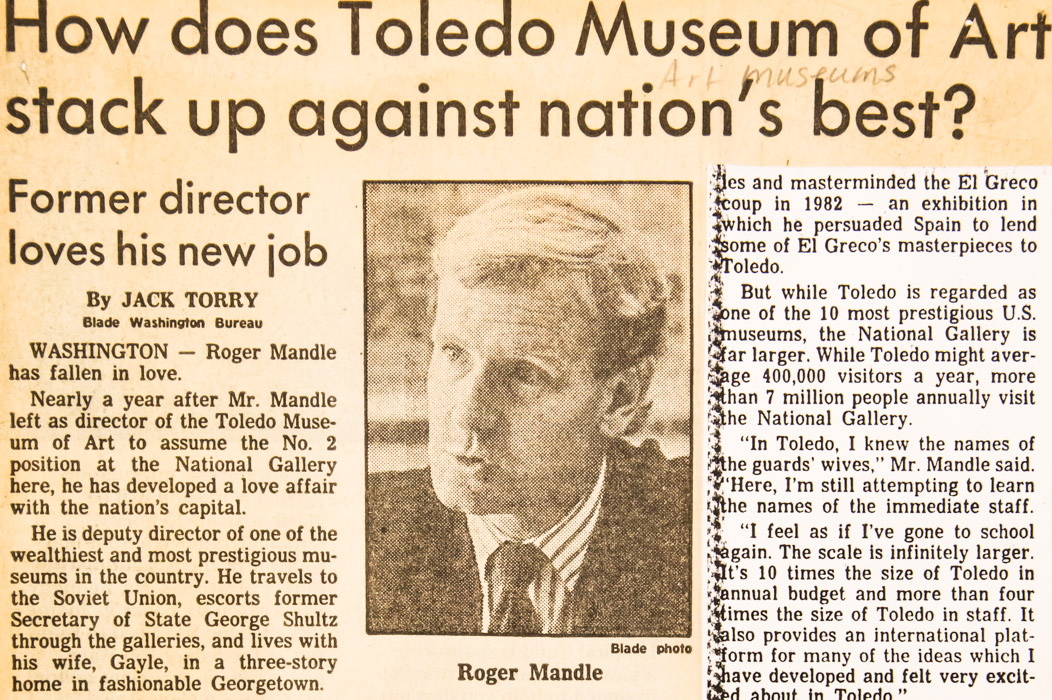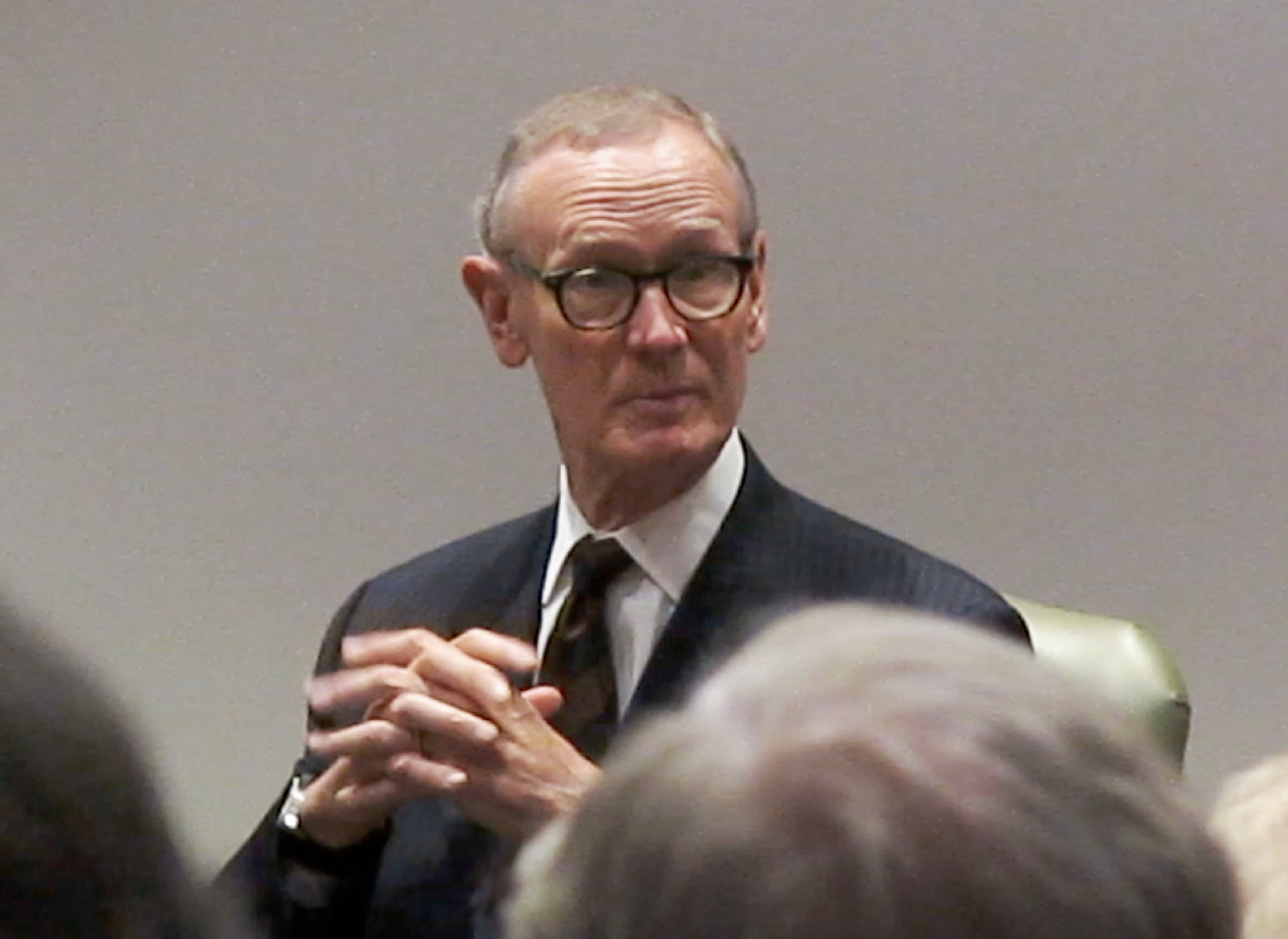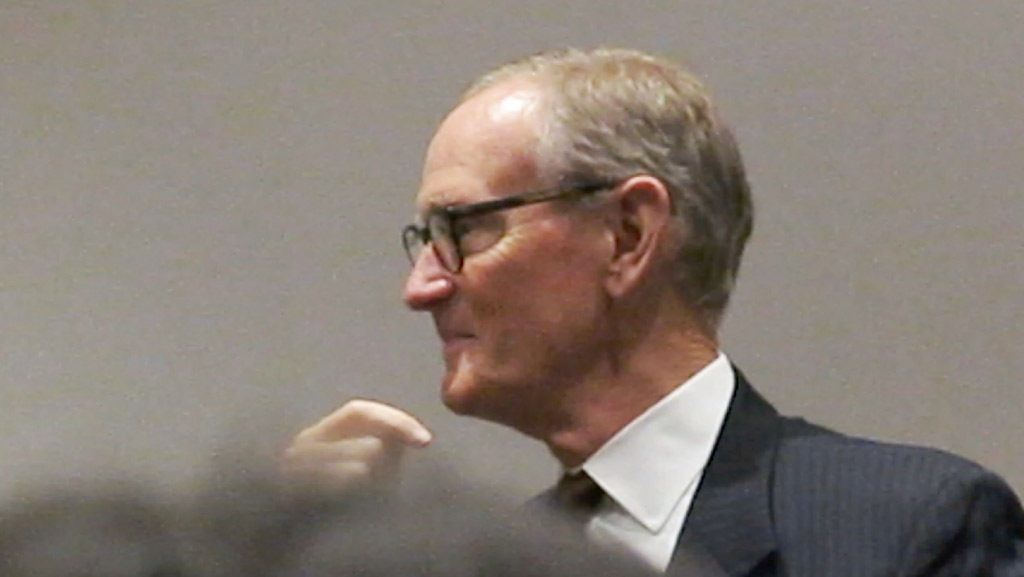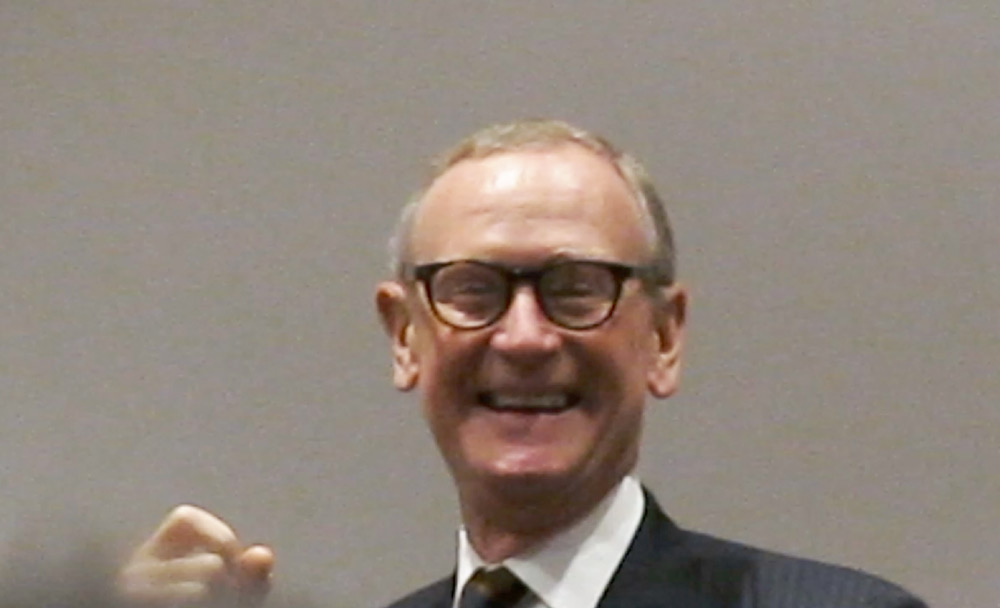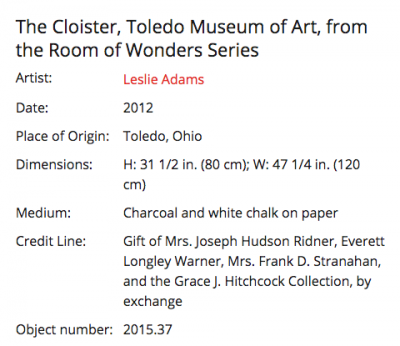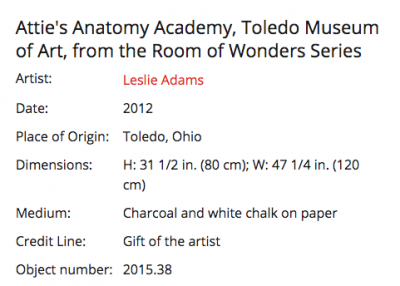Subject: Urgent Follow-Up: Further Concerns Over TMA’s Disposition of Core Artworks and Lack of Transparency
Dear Ms. DeHoff,
I hope you are well. I am writing again as a deeply concerned citizen regarding the troubling decisions at the Toledo Museum of Art, and to follow up on my February 10 email—which, like my previous correspondence, has not received a response. I have reached out on numerous occasions, yet my genuine inquiries continue to be met with silence and, more recently, outright censorship.
I am particularly disturbed by recent developments regarding our museum’s core collection.
I recently learned through a news report from New Zealand that TMA is loaning 57 Impressionist and 20th-century paintings—many are gifts from Edward Drummond Libbey and are featured in the museum’s “Masterworks” book—to the Auckland Art Gallery while TMA’s building undergoes renovations.
What is especially ironic is that Auckland is currently celebrating the recent bequeath of the art collectors, Julian and Josie Robertson with an exhibition called “The Robertson Gift: Paths through Modernity” Feb 9, 2024 – Feb 1, 2026, a collection of 15 paintings valued at $190 million.
Yet by interjecting the TMA loan into the mix, the Auckland Gallery is, in effect, dwarfing the impact of the Robertson Gift, since just two or three paintings from the Toledo collection are worth more than the total Robertson bequest that Auckland professes to be so honored to be given, and the Toledo show, “A Century of Modern Art,” consists of 57 bigger, better paintings.
Meanwhile, back in Toledo, the museum-going public is witnessing the shoving aside of the treasured Impressionist masterworks as the museum gets them out of sight, a core collection of gifts from Edward Drummond Libbey, and an important promise that has been broken.
Seems like all around the world, the gifts of generous museum donors are being dishonored.
In 2022, the day Director Adam Levine announced the sale of the beloved three famous Impressionists paintings, in the very same email*, he promised museum supporters that the other Cezanne, Matisse and Renoir paintings would always remain on view on the museum’s walls. Now to send these paintings away under the guise of renovations when the museum boasts of 280,000 square feet of gallery space is a real betrayal, and alarms are going off that something is seriously wrong with the museum’s stewardship.
Moreover, when I asked the museum for the complete list of the 57 paintings, Adam Levine dismissed my request, telling me that “this information of course will be public domain since the works will be on display in New Zealand!” (That is, if I want to hire a detective.) He said that sharing the full list would “just be used to sensationalize” my concerns. I should be talking to him directly instead of talking about this publicly, he said, in an attempt to shut me up.
This total lack of transparency, the efforts of censorship, coupled with sudden actions by the museum make me wonder, will we ever see these Impressionist paintings hanging on the walls of the Toledo Museum of Art again? After all, in just a few short years, the museum has sold three paintings, moved the other paintings from the prominent galleries in the main museum to the Glass Pavilion across the street, and now is sending this large collection to the other side of the world without any announcement, leaving museum supporters to find out from a news article from New Zealand; bringing light to a broken promise and the museum’s total lack of transparency, all while the community is stunned over the closing of the Cloisters, and unbeknownst that the Impressionist paintings are on their way out. All of this underscores suspicion.
Considering that the museum is under the spell of DEI (DEAI) and promotes the idea that people want to see themselves on the walls, it seems that these French paintings have been banished because they are too European for the demographics of the two-mile radius of the museum that the museum is using to advance their radical DEI agenda. Maybe it’s all a guise to sell the valuable paintings, who knows?
Adam Levine certainly has minimized the importance of the Libbey Endowment to the museum by selling the three paintings in 2022 for $59 million and making a private fund out of the money. The museum has lost all credibility of being trustworthy – the one thing a museum must NEVER lose, as at the Toledo Museum of Art the current leaders are the custodians of the wonderful gift of cultural heritage that came from Edward Drummond Libbey and Florence Scott Libbey.
It is telling is that at the very same time of the January 29 announcement in New Zealand that didn’t reach the Northern Hemisphere until a week later, TMA announced the closure of the Cloisters on January 30, with only three days’ notice, announcing it on Facebook, spurring hundreds of impassioned comments from the community.
The Cloisters, consisting of ancient columns, capitals, and arches that were sourced from 12th to 15th century medieval sites in southwest France to evoke a medieval monastery cloister, collected and permanently installed into the museum over the span of five years, was the highlight of the east and west wing expansion of 1933 and symbolizes the heart of the museum. It was just renovated and reopened in 2022. But now it’s excised and relegated to the far east wing next to the Ancient court, replacing four nice little gallery rooms, just so the museum can put everything in alphabetical, oh, that is chronological order, a conveyer belt style loop design forcing visitors to look at art through a specific political prism. It sounds frankly hideous; hardly an idea worthy of gutting the museum. Adam Levine plans to use what’s left of our superlative collection for his radical ideology that he plans to use to set as an example for all other museums to follow.
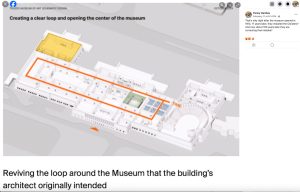
The plans to dismantle the beloved, fragile historic Cloisters and move it to the Wolfe Gallery were never publicly disclosed beyond whispers to select visitors and internal sketches shared with other museums at the 2023 symposium. And now, after the closure of the Cloisters, the museum states that the Cloisters will be moved to the footprint of the current Galleries numbers 3, 4, 5, and 6.
I ask that you ensure that our public heritage is not sacrificed at the whim of the current museum director who doesn’t seem to like the museum and wants to change everything about it, right down to the “physical studs” of the building itself, as he was quoted saying in a recent Channel 11 news article.
If our mission is to integrate art into the lives of people, then rehanging our collection is only half of the equation. The reinstallation offers us a chance to go back to the conceptual as well as the physical studs, rethinking the museum experience for the 21st century. We are developing exciting plans on this front that we believe can create different paradigms for engagement. –Adam Levine
There is nothing in the 2021 five-year plan about gutting the museum and redoing it down to the studs. Back in 2018 there were plans to renovate and money was collected for that but the plan seemed to be abandoned when the museum announced their five-year plan in 2021. What happened in-between was that the director Brian Kennedy resigned just one year short of his contract, leaving the museum in the lurch. After a year or two Adam Levine was hired. But right away Adam Levine made the blunder of telling people that the museum would stay neutral during the George Floyd demonstrations. Having to walk back his statement, ever since then the museum has been practicing self-flagellation — the DEI (DEAI) came in and made sweeping changes to the museum administration, adding layer upon layer of bloated bureaucracy, and here we are now, at the sacrificial alter offering up our entire museum, the gift of Edward Drummond Libbey, witnessing it becoming a shadow of its once self.
A collection created by donor funds and connoisseurship collecting, now it’s done by identity politics, federal dollars, and the turning of the back on the founders by a director who stated publicly in a 2022 Forbes interview:
The superpower that an art museum has is when something goes up on the wall, it’s considered good. We set the canon. –Adam Levine
Levine sold a Cezanne, Matisse and Renoir with the excuse that the museum never intended to have multiple examples by the same artist in their collection. But that is not true. I researched it – see my list of multiple paintings by the same artist; of the roughly 800 paintings in the TMA collection in 2022, 57 are by the same artist. Collecting these paintings was clearly intentional.
The Toledo Museum of Art has never sought to have multiple examples by the same artist-fewer than 11% of the artists in our collection are represented by two or more paintings; masterpieces by Cézanne, Matisse, and Renoir will remain regularly on view on our walls. –Adam Levine
He cut ties with the founder Edward Drummond Libbey by selling gifted paintings for $59 million and not putting that money back into the Libbey Endowment but instead into a private fund. (see, April 8, 2022 email to museum supporters.)
The three paintings being sold will provide the Museum with more than $40 million, greater than the total corpus of the current Libbey Funds supporting our art purchases. We will use these proceeds to create a new acquisition endowment –Adam Levine
Contrary to this statement made in the Feb. 8, 2024 Toledo Free Press article, Patrons pay tribute to Cloister Gallery, he IS using taxpayer funds to put the wrecking ball to the museum that we know and love.
The museum did not provide details about the cost for moving The Cloister. The spokesperson wrote that TMA is privately funded and the project is one small part of the larger reinstallation that is being funded through individual and corporate philanthropy. –Doreen Cutway, museum spokesman and senior public relations manager
The museum went to the Toledo-Lucas County Port Authority, the President and CEO of which is also the Secretary of the Toledo Museum of Art Board of Directors, Thomas Winston, asking them to install port authority facilities into the museum in the form of an HVAC system. The port authority eagerly agreed and posted a bond for the museum as a part of their .4 mill operating levy that was passed by voters on November 5. More money was asked from the Cleveland-Cuyahoga County Port Authority and the Columbus-Franklin County Finance Authority for the total of $24.89 million for a new HVAC system.
The museum has received many millions of dollars from Ohio and from the federal government in recent years, all grants are public record on the corresponding Ohio and federal websites. Grants that are hurting the fundamentals and founding principles of the museum.
The museum is probably taking advantage of the generous NEA Arts & Artifacts Indemnity Program to insure our 57 artworks for a billion dollars or more to send them off to New Zealand. Otherwise the loan wouldn’t be feasible. And if that program is stopped, in the current political environment while our paintings are abroad? Oh well, it’s mostly the work of old white men anyway.
As I noted above, in asking for the complete list of 57 renowned paintings going to New Zealand, Adam Levine refused to share it, saying he was afraid that I would use it to sensationalize my concerns. What is left for me to sensationalize? Adam Levine has provided all the sensationalism himself already.
I respectfully urge you, as Chair of the Board, to address these issues publicly. The Toledo Museum of Art is a treasured institution built and endowed by the Libbeys as a gift to the people of Toledo, and decisions of this magnitude must be made with full transparency and not just pushed on community using tactics like censorship and gaslighting. I ask that you halt the destruction of the Cloisters, cancel the loan to New Zealand and rehang the Impressionist and 20th century paintings. And then find new leadership that will provide proper stewardship and keep our museum intact.
Thank you for your time and attention to this critical matter. I look forward to your response.
Sincerely,
Penny Gentieu
Again, I’d like to point out Adam Levine’s statements in his April 8, 2022 email about the sale of the Cezanne, Matisse and Renoir:
The Toledo Museum of Art has never sought to have multiple examples by the same artist-fewer than 11% of the artists in our collection are represented by two or more paintings; masterpieces by Cézanne, Matisse, and Renoir will remain regularly on view on our walls.
For the record, here is a list of 16 of the 53 artists of the 57 artworks going to New Zealand, major works for which information has been released to the “public domain” as Levine put it, as reported in the Auckland press release. The artists in bold have only one painting in the TMA collection. There are 37 other artists (4 artists have more than one artwork in the show) and the museum refuses to make those names public at this time. But with this list of 16 names only, it seems like the entire museum collection of Impressionist to Modernity may be shipped off. What would Edward Drummond Libbey and Florence Scott Libbey think of that? What does the public think?
- Cezanne
- Degas
- Helen Frankenthaler
- Édouard Manet
- William Merritt Chase
- Modigliani
- Berthe Morisot
- Monet
- Pablo Picasso
- Pissarro
- Robert Rauschenberg
- Renoir
- Vincent van Gogh
- James McNeill Whistler
- Gauguin
- Mondrian
*Adam Levine rationalized the sale of the three impressionist paintings by saying that it was never the intention of the museum to have multiple examples of the same artist, that fewer than 11% of the artists in our collection are represented by two or more paintings; here is a list that I made of multiple paintings by the same artist. It’s obvious that the purchase of multiple paintings by the same artists was intentional.
